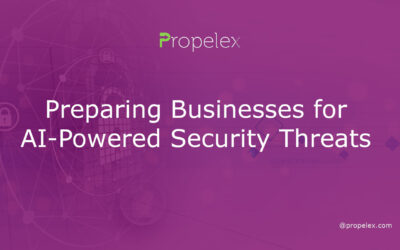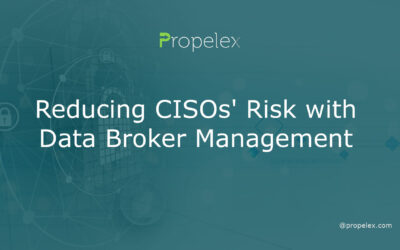Implementing a zero trust architecture requires a number of steps and considerations. These include inventorying assets, categorizing resources, and identifying critical assets, verifying the identity and authorization status of users and the integrity of access devices, and granting session-limited access to critical assets. Additionally, continuous monitoring is essential to identify potential threats.
Challenges of implementing a zero trust architecture
A Zero Trust Architecture can be a powerful strategy to increase security in your organization. However, there are many challenges associated with implementing this strategy. One of these challenges is communication. The implementation of Zero Trust affects everyone on your team, so it is important to have a solid communication strategy in place. This can reduce surprises and help you address potential vulnerabilities quickly. Despite these challenges, Zero Trust is possible to implement, and with the right approach, you can overcome them and get business benefits in the process.
Implementing a Zero Trust architecture involves making sure all user and device accounts are well-known. It requires implementing strict policies on programmatic credentials and requiring users to only grant access to those they trust. Service accounts should have minimum permissions to perform their tasks, and should never attempt to access domain controllers or authentication systems. In order to assess whether your zero trust architecture is worth the investment, consider these 7 challenges:
Among the challenges of implementing a zero trust architecture are the difficulties associated with integrating it into your existing infrastructure. For one thing, implementing zero trust requires a lot of collaboration, since the systems must interconnect and integrated. In addition, zero trust requires several IT tools and functions to work together seamlessly. This can be frustrating for employees and employers. To avoid these challenges, you should train people to use the system in a way that is efficient.
Secondly, the Zero Trust model requires the implementation of modern security infrastructure. Legacy systems can no longer integrate with Zero Trust architecture, as they lack granular access control and on-the-fly dynamic verification capabilities. This is not always feasible for organizations using older technologies. Furthermore, legacy systems are difficult to reconfigure and redesign for micro-segmented security.
Zero Trust architectures also require constant updating. As people change roles and locations, security policies need to adjust accordingly. Additionally, these systems can generate a massive number of notifications. Some systems can send up to 3000 alerts a day, making it difficult to identify critical threats.
Zero Trust architectures are not as easy to implement as one might think. This type of architecture requires an organization to analyze the entire lifecycle of data and understand how users interact with sensitive information. After the Zero Trust architecture maps the data lifecycle, the next step is to define segmentation and determine the best protection and access controls to ensure data is secure. Developing a zero trust architecture is a complex process that requires a thorough understanding of the organization’s unique needs and goals.
Zero trust architectures are a great way to increase security and improve productivity. The concept of zero trust architectures is relatively new in the cybersecurity world. It takes a completely different approach to network security than the traditional castle and moat security model. Zero trust architectures are based on the premise that threats are everywhere and require complete protection.
Importance of data-first approach to security
When implementing zero trust architecture, it is important to take a data-first approach to security. Zero trust entails not trusting connections without proper verification. This approach provides increased visibility and transparency and limits the attack surface, eliminating the possibility of lateral movement and compromising resources. Zero trust architectures also minimize the impact of a breach by making users and apps invisible to the internet.
Zero trust architecture must be capable of identifying and managing enterprise assets, including hardware components and digital artifacts. This involves storing, cataloging, monitoring, and configuration management. The architecture should be able to monitor and assess the current state of each asset and assess the risk associated with its execution. Resource access requests should inform by the data.
Implementing zero trust requires careful planning, as it is an ongoing process. No solution is one size fits all, so it is important to start with pilot efforts and test-beds. It is also important to continue research and development as threats continue to evolve.
Zero trust architectures designed to protect sensitive information in real-time. To achieve this, organizations must make sure that they have the necessary tools and processes in place to protect their data. This includes the use of NIST 800-207 standards, and the use of security products that comply with those standards. For instance, if an organization has a cloud-first architecture, it should use a zero trust architecture.
Zero trust architectures have many potential pitfalls, making them difficult to implement. Fortunately, the Zero Trust Project has outlined best practices, sample deployments, and guidance for organizations. In order to implement zero trust security measures, organizations must assess their current security policies and practices and choose the appropriate security controls.
Zero trust security is a comprehensive approach to protecting data and systems. It requires the authentication and authorization of all users and continuous validation of security posture. It can implement locally, in the cloud, or in a hybrid architecture. Its flexibility makes it flexible for organizations to accommodate workers from different locations.









